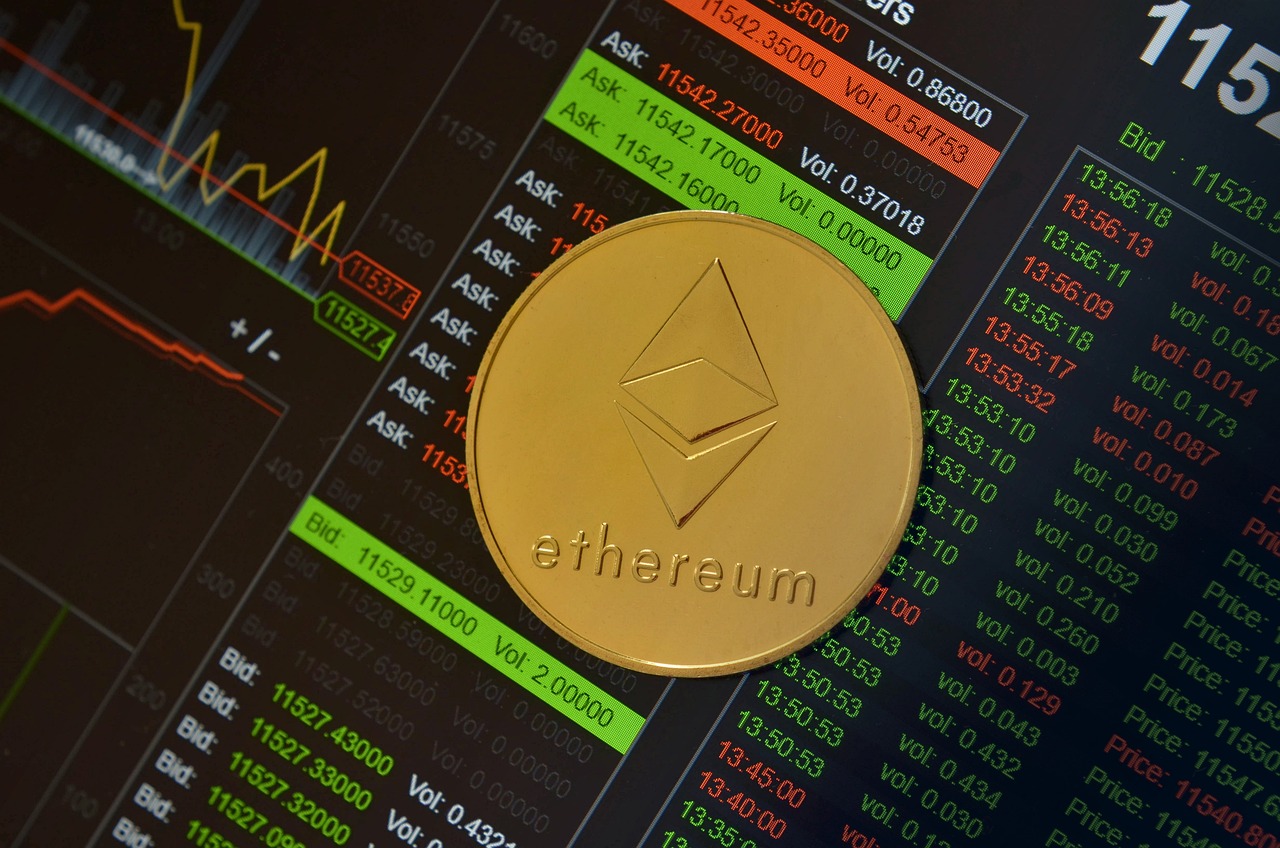
Where Does A Cryptocurrency Get its Value?
If you have ever been interested in cryptocurrencies, you know they have value and that their value fluctuates over time. Its value is very different from that of fiat currency because the latter is issued by a monetary authority and then widely used within a specific economy. Another point of confusion is that there is no physical product to show or a centralized body to dictate its value. So, what dictates the value of a cryptocurrency?
Supply and Demand
One of the biggest determinants of a cryptocurrency’s value is its supply and demand. As with other products in the market, high demand with a low supply leads to a higher commodity price.
The supply of a cryptocurrency is dependent on how many coins currently exist, how many are being added to the market at a given time, and how many sellers and buyers are involved in selling or buying that specific digital currency.
Its demand depends on how useful it is. For example, a cryptocurrency with low fees and fast transactions might be useful for buying and selling assets like NFTs.
If smart contracts are in place for a cryptocurrency, it is deemed more secure and therefore more desirable. Smart contracts are a strong indicator on decentralized exchanges like Alium Finance which depend on these smart contracts to ensure smooth multi and cross-chain swaps on different blockchains.
The two last determinants of demand are where a cryptocurrency is a good store of value and therefore a good investment and the number of businesses accepting a cryptocurrency.
Utility
We have hinted at this above, but how useful a cryptocurrency is will determine its value. Every cryptocurrency facilitates something happening within the blockchain network and therefore has to have utility within that network to have demand.
Using Bitcoin as an example, it has value because its utility is being a store of value and a transaction facilitator.
Scarcity
Apart from the scarcity of cryptocurrency induced by the market, certain cryptocurrencies are already scarce from their creation. Take Bitcoin, for example. There will only ever be 21 million coins. Because of this scarcity, the supply outstrips the demand and ensures the coin keeps enjoying a high value.
Some cryptocurrencies also artificially inflate their value. This happens through a process known as burning. This process involves moving some tokens or coins to a wallet that is inaccessible and that cannot be located. Although they are not destroyed, these coins or tokens are purposely lost and will therefore no longer influence supply and demand within their specific network.
Project Value
The viability and progress of a cryptocurrency project can also play a role in its value. Projects that keep evolving and achieve many milestones like attracting partnerships or building better software become more valuable to traders and the overall market.
Their increased positive sentiment leads to them being more valuable to traders and investors, which leads to higher demand and low supply and therefore an increase in value.
Conclusion
Although not tangible assets, cryptocurrencies have value that can be exchanged in some form or the other. This value can be stored or exchanged for physical and virtual assets depending on one’s preferences. Numerous factors dictate this value, including the ones discussed above.





